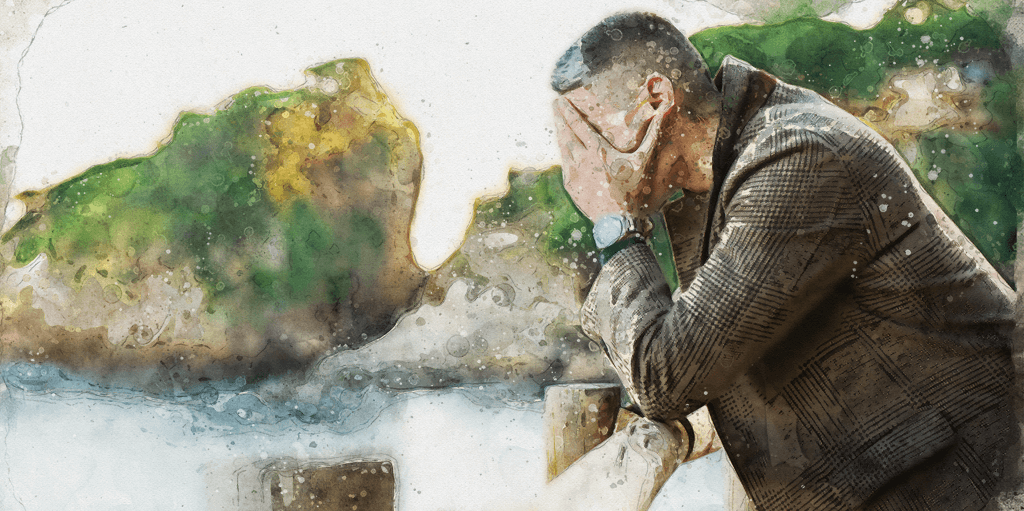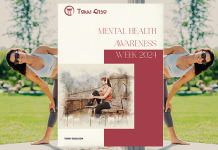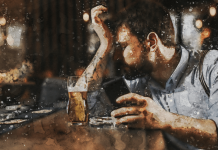Anxiety is a complex and multifaceted condition that affects millions of people worldwide. Its impact on our mental health and well-being cannot be understated. It has emerged as a pervasive issue in modern society, cutting across all demographics and significantly affecting the collective mental health landscape. The rapid pace of change, societal pressures, technological advancements, and the constant bombardment of information have all contributed to an environment where anxiety thrives.
Many individuals, amidst these pressures, choose to ignore their mental health challenges or attempt to manage them without seeking appropriate help, a decision that can lead to more severe consequences.
The American Psychological Association (APA) highlights that anxiety disorders are among the most common mental health concerns in the United States, with millions of adults affected each year. Similarly, the World Health Organisation (WHO) acknowledges anxiety as a significant global health issue, affecting work productivity, educational success, and overall quality of life.
The rise of digital technology, while offering many benefits, has also contributed to increased levels of anxiety. The constant connectivity can lead to information overload, cyberbullying, and social comparison, exacerbating feelings of inadequacy and anxiety among users.
Anxiety as a Normal Part of Life
Feeling anxious in response to specific stressors or before significant events (such as exams, job interviews, or important meetings) is a normal aspect of life. This type of anxiety is situational, often temporary, and typically resolves once the event passes or the individual adapts to the situation.
Anxiety as a Mental Illness
Anxiety can become a mental illness when it is excessive and chronic, and not tied to an identifiable challenge, or when the response is disproportionate to the actual level of threat. Anxiety disorders, such as generalised anxiety disorder (GAD), panic disorder, social anxiety disorder, and specific phobias, are characterised by persistent and excessive worry that becomes difficult to control, causing significant distress and impairment in social, occupational, or other important areas of functioning.
The Diagnostic Criteria
The distinction between normal anxiety and an anxiety disorder is determined by the duration, intensity, and impact of the symptoms. Mental health professionals use specific criteria, such as those outlined in the Diagnostic and Statistical Manual of Mental Disorders (DSM) by the American Psychiatric Association, to diagnose anxiety disorders. These criteria include the persistence of symptoms beyond six months, clear distress, and functional impairment as key indicators that anxiety has transitioned from a normal life stress to a mental health condition.
Anxiety occupies a spectrum, ranging from a normal reaction to the stresses of life to a debilitating mental illness. The key factors that differentiate normal anxiety from an anxiety disorder include the duration, intensity, and functional impact of the symptoms. Understanding this distinction is crucial for individuals to recognise when to seek professional help for their anxiety, as well as for society to provide support and resources for those affected by anxiety disorders.
Recognising the stages of anxiety is crucial in understanding how it develops and affects us, especially when we oscillate between attempting to cope and outright ignoring its presence.
The Stages of Anxiety: A Vicious Cycle
- Initial Anxiety: It starts with a feeling of unease or nervousness, often triggered by specific events or thoughts. This stage is normal but becomes problematic when it escalates.
- Increased Worry: If not addressed, initial anxiety can lead to excessive worry about future events or the possibility of worst-case scenarios. This stage amplifies the anxiety, making it harder to manage.
- Sleep Disturbances: High levels of worry and anxiety often lead to trouble falling asleep or staying asleep. Sleep, crucial for emotional regulation and stress recovery, becomes elusive, compounding the problem.
- Social Withdrawal: As anxiety deepens, there’s a tendency to avoid social interactions. What reduces stressors can quickly lead to isolation and loneliness, exacerbating feelings of anxiety.
- Heightened Anxiety: Without intervention, the cycle continues, leading to an intensified state of anxiety. It becomes a pervasive part of life, affecting all areas of functioning.We then return to Increased worry forming the cycle of anxiety.
Breaking the Cycle
The cycle of anxiety, from its initial stages to heightened anxiety, is an interesting force that draws individuals into a seemingly never-ending spiral. However, it’s important to remember that this cycle can be broken. Acknowledging anxiety, understanding its triggers, and seeking help are the first steps towards recovery.
The Future of Anxiety in Society
Without addressing the root causes of anxiety and changing how we as a society approach mental health, the future looks challenging. Experts from the APA predict that if current trends continue, the next generation will face even higher levels of anxiety, with profound implications for public health systems, economic productivity, and social cohesion.
To combat this, authorities emphasise the importance of education and awareness, reducing stigma, and promoting access to mental health resources. Incorporating mental health education into schools, workplaces, and communities can help individuals recognise the signs of anxiety early and encourage them to seek help. Enhancing the availability of mental health services and integrating technology-based interventions, such as teletherapy, can provide more accessible support for those in need.
By acknowledging the challenges we face, reducing the stigma around mental health, and increasing access to support, we can create a future where anxiety is not a defining feature of our societal landscape. Recognised authorities like the APA and WHO play a crucial role in guiding these efforts, emphasising the importance of a proactive approach to mental health that can help mitigate the impact of anxiety on future generations.
Therapy, mindfulness practices, and support from loved ones can provide the tools necessary to address and manage anxiety. By confronting anxiety, we can stop the cycle from spinning and move towards a place of better mental health and well-being.
Remember, You’re Not Alone
Anxiety is a common human experience, but when it becomes overwhelming, it’s a signal to seek help. Breaking the cycle of anxiety is possible with the right support and strategies. Let’s not allow anxiety to define our lives. Instead, let’s address it head-on, with compassion and understanding, and navigate our way to a healthier, more balanced state of mind.
Next steps

|
Journey to the Higher Self: Manifestation and Inner ConnectionEmbarking on a journey towards self-improvement and inner connection is a powerful step towards living a more fulfilling life. Torri Enso presents an unparalleled opportunity to dive deep into the essence of your being through its meticulously crafted course, “Journey to the Higher Self: Manifestation and Inner Connection.” This course guides you through a transformative process, empowering you to manifest your dreams and connect with your higher self on a profound level. This course is not just an educational journey; it’s a transformational experience designed to guide you towards becoming the best version of yourself. By dedicating yourself to this process, you’ll not only achieve personal milestones but also contribute to a more positive and connected world. Whether you’re seeking clarity, abundance, or a deeper connection with yourself, “Journey to the Higher Self: Manifestation and Inner Connection” offers the guidance and tools necessary to navigate your path.. |






